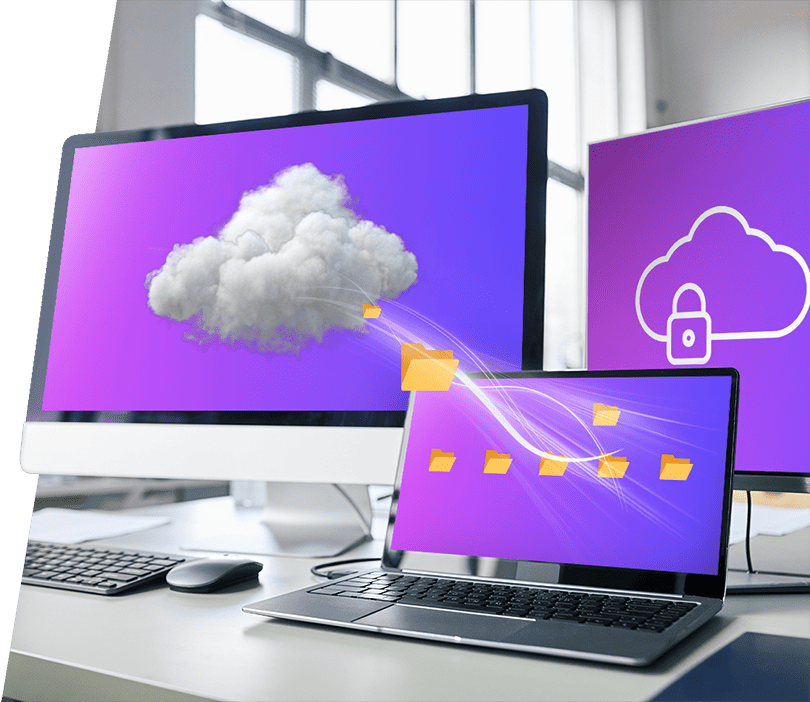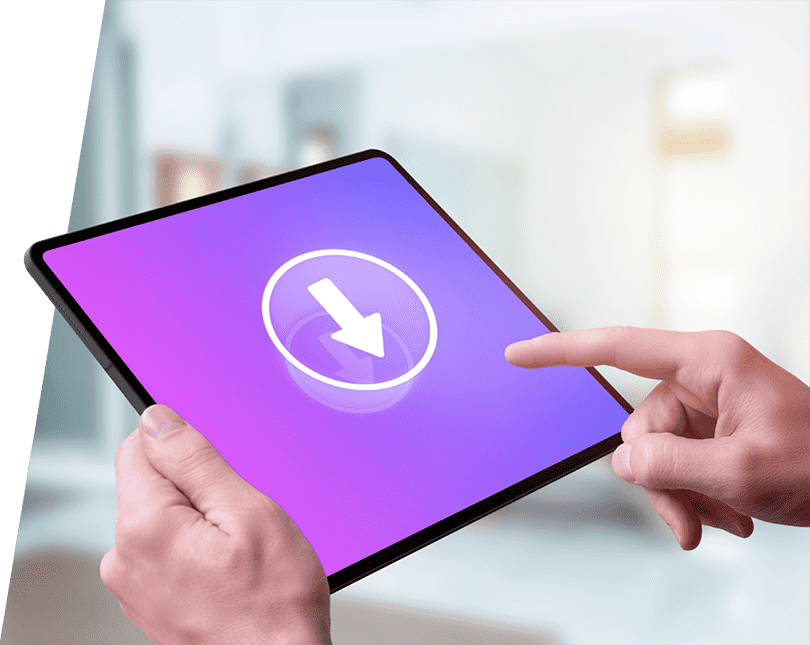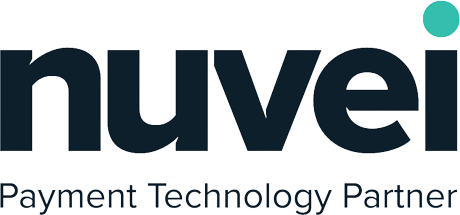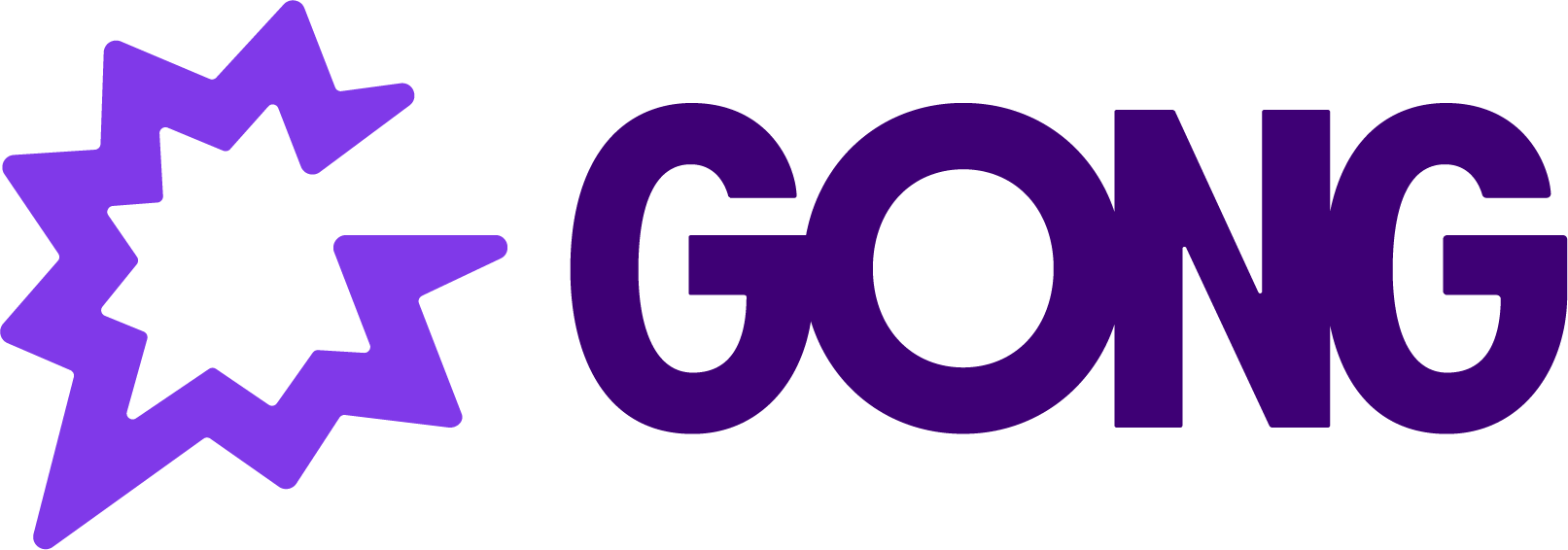Compliance Automation
Achieve a compliance state-of-mind with automated checklists and evidence gathering — all in a single SaaS platform.

Go Beyond Legacy Solutions
We at GlobalDots hunt for the most cutting edge and relevant technologies out there.
Once tested and found qualified we bring you the most certified innovative products out there for every pressing use case.

Your Benefits
With automated evidence gathering, the number of people, teams, and departments involved in preparing for a security audit is considerably reduced.

 Compliance State of Mind
Compliance State of Mind
Compliance platforms integrate with a growing list of business applications to manage a breathable, constantly updating inventory of evidence, to always reflect the current state of every checklist item.

Synced with the latest version of each supported security standard, compliance platforms provide gap analysis, recommendations and a clear roadmap towards a compliant status.

Security compliance project owners are empowered with instant, unhindered visibility into other components and configurations of the New Security Stack related to compliance audits.

The Complete Guide to SOC 2 Automation
Compliance leaders feeling overwhelmed at the prospect of preparing for audits. But preparing for, and ultimately achieving, SOC 2 compliance doesn’t need to be complicated or overwhelming. Today, organizations are starting to understand how automation can streamline and vastly simplify the audit preparation process. This guide covers the basics of both SOC 2 and the latest automation solutions that will make the next audit a breeze.

-
How does GlobalDots keep up with the latest technologies in the market?
The people working at GlobalDots live and breath technology. We have relationships with all the cool startups and always seeking new vendors with innovative tech to offer to our customer base. We research and explore emerging technologies on a weekly and daily basis, we filter out the noise and focus only on the promising solutions we vetted that will bring the most value to our customers.
-
Can I switch between vendors if I’m not satisfied with one of them?
Yes, one of the main advantages of working with GlobalDots is that we have relationships with multiple vendors per solution category, so our customers can switch between vendors if they would like to. Moreover, we will proactively offer better vendors if we see the value for the customers in terms of features, capabilities or price.
-
What does support look like when working with GlobalDots?
Our solutions architects, engineers and DevOps experts have hands-on experience with the solutions we resell and integrate. Our engineers work with you to resolve any issue to your satisfaction, and never leave you hanging. If needed, we’ll be the ones to engage directly with the vendor, so you don’t have to.
-
What does compliance automation entail?
Compliance automation leverages digital tools and systems to ensure an organization adheres to regulatory standards and internal policies. By automating monitoring, enforcement, and reporting processes, this technology helps minimize human error and streamline compliance efforts, ensuring consistent adherence to laws and regulations. Key features include real-time monitoring for deviations, automated enforcement of policies, and generation of detailed reports. These features facilitate swift identification and remediation of compliance issues, making audits more manageable and reducing the overall risk of compliance breaches.
-
What type of regulations is possible to automate?
Many types of regulations can be effectively automated, especially those necessitating consistent monitoring and data handling. Automation can manage various processes across different regulatory domains like:
- Data Protection and Privacy Laws:
- Data Access Management: Automate control over who can view and use personal data.
- Consent Logs: Track and manage user consents to comply with regulations like GDPR or CCPA.
- Data Deletion Requests: Facilitate the efficient handling of requests to delete personal data as required by law.
- Breach Notifications: Automatically generate and send notifications in the event of a data breach.
- Financial Regulations:
- Transaction Monitoring: Automate the surveillance of financial transactions to detect and report suspicious activities.
- Risk Assessments: Continuously analyze potential risks associated with financial operations.
- Compliance Reporting: Generate reports detailing adherence to financial standards and regulations.
- Healthcare Compliance:
- Patient Data Monitoring: Ensure that access to patient data is continuously monitored and logged.
- Data Breach Tracking: Detects and reports any unauthorized access to or disclosure of patient information.
- Risk Management: Automate the assessment and mitigation of risks to patient data security.
- Data Protection and Privacy Laws:
-
How is it possible to implement continuous automation compliance?
Implementing a continuous automation for compliance that maintains aligned the business operations with regulatory requirements requires strategic planning, and a commitment to maintaining a culture of compliance throughout the organization. It’s necessary to:
- Implement a centralized way to manage compliance policies that can be updated as laws and regulations change. This process should help in managing a dynamic risk assessment approach and distributing updates to all relevant parties and systems within the organization, and ensuring that everyone is operating under the latest compliance guidelines.
- IntegratIng the compliance platform a tools with the existing IT infrastructure (DBs, cloud stacks and so on…) in order to ensure that compliance checks are embedded within the normal flow of data processing
- Establishing Continuous monitoring processes and employee training to detect deviations from compliance norms and create a culture of continuous improvement.
This approach ensures that the organization not only meets current compliance standards but is also prepared to adapt to future regulatory changes, thereby maintaining a robust compliance posture at all times.
-
What is a PCI compliance tool?
Organizations involved in processing, storing, or transmitting credit card information find Payment Card Industry Data Security Standard (PCI DSS) compliance tools essential for maintaining the security of cardholder data and achieving compliance with PCI DSS requirements effectively. These tools are crucial in building trust with customers and partners by demonstrating a commitment to security. A PCI automated compliance tool helps in any aspects of the compliance process in a continuous mode, reducing the manual effort required and minimizing human error and providing security features that protect sensitive data and reduce the risk of data breaches.
















